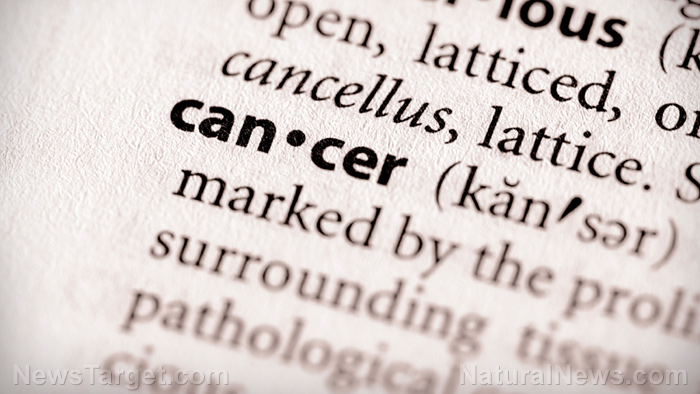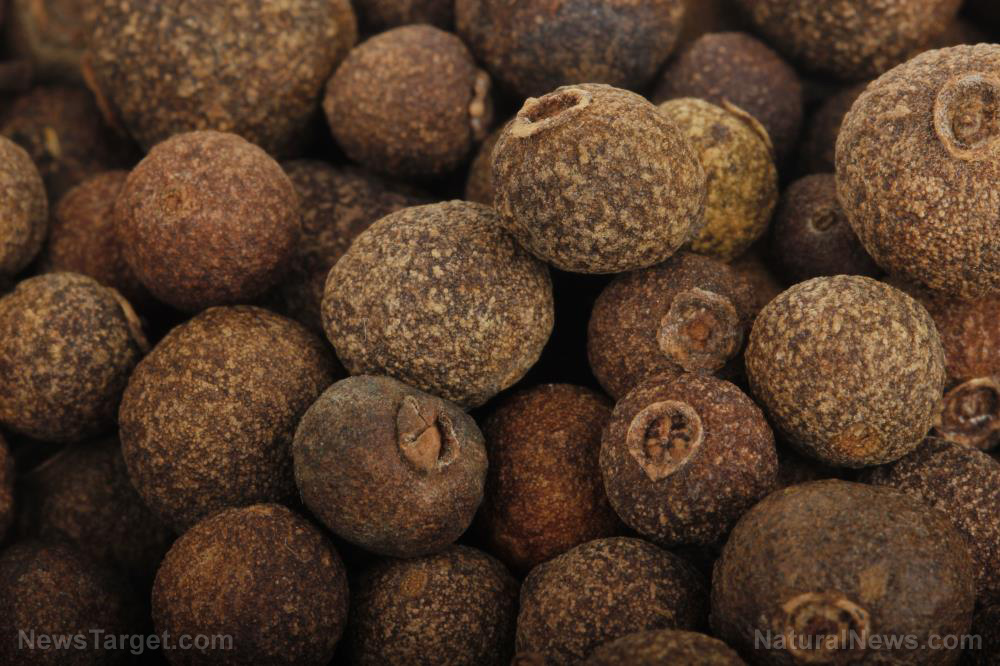
An analysis published in the Journal of Clinical Endocrinology & Metabolism highlights the life-saving potential of this nutrient. After looking at 25 past studies that involved more than 17,000 cancer patients, the researchers determined that people with cancers like breast cancer, colorectal cancer, and lymphoma had significantly lower mortality rates when they had optimal serum levels of vitamin D when compared to those whose levels were lower.
When they compared the people who were in the lowest 25 percent of vitamin D levels against those of people in the highest quartile, they found incredible decreases in the risk of dying from different types of cancer. Specifically, those in the highest quartile had a 52 percent lower risk of dying from lymphoma, a 45 percent lower risk of dying from colorectal cancer, and a 37 percent lower risk of succumbing to breast cancer. It’s entirely possible that vitamin D could help boost survival rates of other types of cancer, too, but more studies are needed to look into them.
In the meta-analysis, researchers found that every 4 ng/mL increase in a person’s levels of vitamin D equated to a 4 percent decrease in death rate.
More recent research supports the meta-analysis’s finding. A study involving thousands of Irish women found that breast cancer patients who take vitamin D supplements after their diagnosis have better survival rates. After looking at data from nearly 5,500 women with the disease between the ages of 50 and 80, they found that those who took vitamin D supplements had a 20 percent higher survival rate than those who did not. Their findings were published in the journal Breast Cancer Research and Treatment. Larger trials are currently under way to further explore the effects.
Getting the right amount of vitamin D
Just how much vitamin D do you need to enhance your cancer survival odds? Optimal vitamin D serum levels are somewhere in the range of 50 to 80 ng/mL. Contrast this with the levels typically seen in people who don’t take supplements, which are often below 13 n/mL.
If you want to increase your vitamin D levels, the best course of action is to head outdoors without sunscreen as this tells your body to start creating more of it. There is no hard and fast rule for how much time you’ll need to spend, but a rough guideline is about 15 to 20 minutes three times a week. Of course, this needs to be adjusted up or down depending on your skin tone, geographical location, and the cloud cover where you are, among other factors.
You can also get vitamin D from foods like oily fish, mushrooms, and eggs, but it’s hard to get enough to make a difference from your diet alone. Supplements that total between 5,000 and 8,000 IU per day are generally a good amount to help you reach optimal levels.
A cancer diagnosis can be a life-shattering moment, and it’s easy to feel like you have no control over the situation. However, these studies show that it may be possible to raise your survival odds with the help of vitamin D.
Sources for this article include:
Please contact us for more information.























